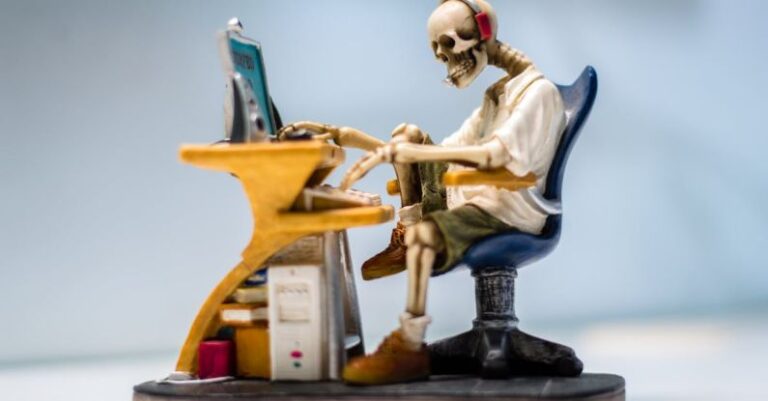
Artificial intelligence (AI) has been making waves in the art world, transforming the way artists create and audiences experience art. Integrating AI in art opens up a world of possibilities, blurring the lines between human creativity and machine intelligence. As artists and technologists continue to explore the potential of AI in art, it is essential to follow best practices to ensure successful and meaningful integration.
Understanding the Role of AI in Art
Before delving into the best practices for integrating AI in art, it is crucial to understand the role that AI plays in the creative process. AI in art can serve various purposes, from generating art pieces autonomously to assisting artists in their creative endeavors. AI algorithms can analyze vast amounts of data, identify patterns, and produce art that reflects these insights. Additionally, AI can act as a tool for artists, providing them with new ways to explore their creativity and expand their artistic horizons.
Embracing Collaboration between Human and Machine
One of the best practices for integrating AI in art is to embrace collaboration between human artists and AI systems. Rather than viewing AI as a replacement for human creativity, artists should see it as a collaborator that can enhance their artistic vision. By working together with AI, artists can leverage its computational power and analytical capabilities to push the boundaries of traditional art forms and create innovative and thought-provoking pieces.
Exploring Generative Art with AI
Generative art, which involves creating artwork through autonomous systems, is a popular application of AI in the art world. Artists can use AI algorithms to generate unique and dynamic art pieces that evolve over time or in response to external stimuli. By exploring generative art with AI, artists can create interactive and engaging artworks that captivate audiences and challenge traditional notions of artistry.
Experimenting with Style Transfer and Augmented Reality
Another best practice for integrating AI in art is to experiment with style transfer and augmented reality technologies. Style transfer algorithms enable artists to apply the characteristics of one artwork to another, creating new and exciting visual styles. Augmented reality, on the other hand, allows artists to overlay digital artwork onto the physical world, blurring the boundaries between the virtual and the real. By combining these technologies with AI, artists can create immersive and interactive art experiences that engage and inspire viewers.
Harnessing AI for Art Education and Curation
AI can also play a significant role in art education and curation, helping artists and art enthusiasts discover new artists, styles, and trends. AI algorithms can analyze vast art collections, identify similarities and trends, and recommend artworks based on individual preferences. Additionally, AI can assist in curating art exhibitions by suggesting themes, arranging artworks, and providing interactive experiences for visitors. By harnessing AI for art education and curation, artists and art institutions can expand the reach and impact of art in the digital age.
Embracing Ethical and Responsible AI Practices in Art
As AI continues to shape the art world, it is essential to embrace ethical and responsible AI practices to ensure that art created with AI respects human values and principles. Artists and technologists should be mindful of the potential biases in AI algorithms and strive to create inclusive and diverse art that reflects the richness of human experiences. Additionally, artists should be transparent about the use of AI in their creative process and engage in meaningful discussions about the implications of AI in art with audiences and stakeholders.
In conclusion, integrating AI in art opens up exciting new possibilities for artists and audiences alike. By following best practices, such as embracing collaboration between human and machine, exploring generative art, experimenting with style transfer and augmented reality, harnessing AI for art education and curation, and embracing ethical and responsible AI practices, artists can create innovative and impactful artworks that push the boundaries of creativity and inspire meaningful conversations about the role of AI in art. As the art world continues to evolve with the integration of AI, artists have the opportunity to redefine what it means to create and experience art in the digital age.





